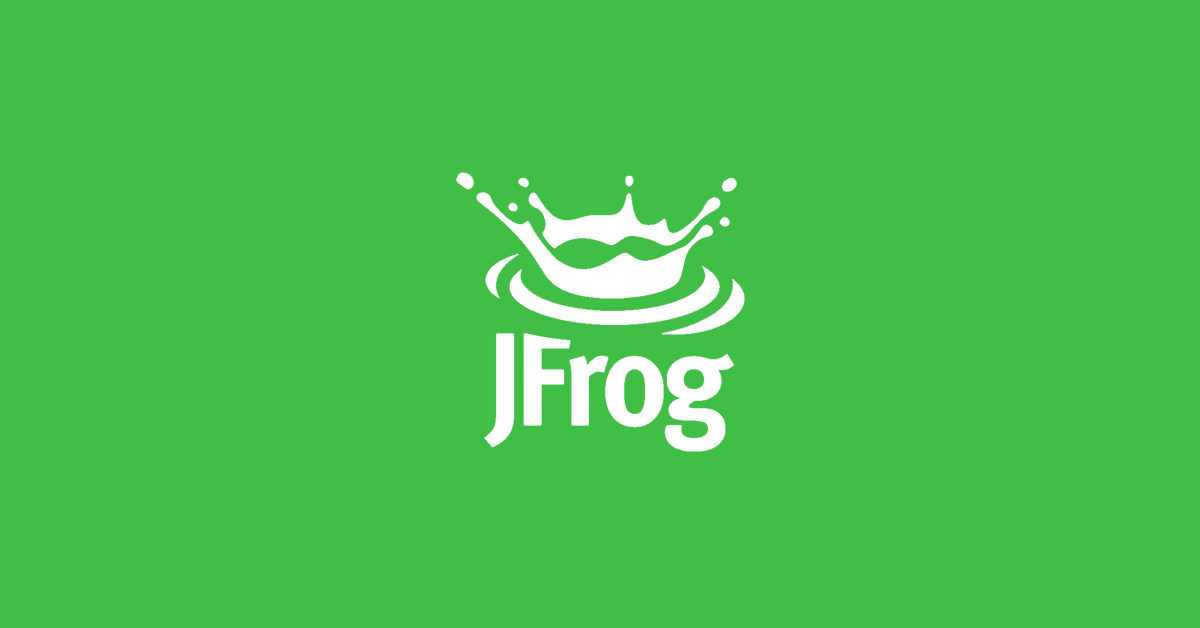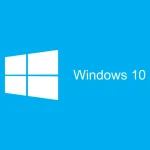DevOps platform JFrog recently announced a partnership with app containerization company Docker so users are now exempt from imposed Docker Hub image-pull rates.
This partnership was announced after rolled out consumption limits for container image pulls from Docker’s own hubs in 2020. This is an important decision after restrictions placed on container image consumption limits in 2020. Developers can now have complete control of their docker registry with less restrictions, in part thanks to this deal.
Authenticated free users were able to make 200 image pulls every six hours, while anonymous free users could only have 100 pulls. The deal makes it possible for developers to now have access to both public and private container images hosted on the Docker Hub without those restrictions.
With even more people trying to develop software in the cloud, using virtual solutions, it’s important to remove any rough patches that can interrupt the process. Ultimately, developing, sharing, and delivering applications in an effective manner is the vital end goal for any successful DevOps team.
Additional benefits from the JFrog-Docker announcement include the following:
- An optimal, unparalleled developer experience when working with containers
- Freedom and flexibility when choosing toolsets
- Dedicated channels to support mutual customers
- Enterprise-grade reliability and performance to streamline cloud-native application delivery
Anyone interested in trying a free JFrog subscription can sign up on the company’s website.
The removal of Docker Hub limitations offers developers the chance for more streamlined access to containers, reduced network traffic, and lowered bandwidth consumption. Networking and Internet restrictions of using private Docker Hub repositories is removed when using Docker Artifactory as the code repository.
Developers find the JFrog Artifactory allows them to scale large workloads and reduces problem areas for developers, shifting focus so they can spend more time thinking less about logistics – and more time building quality software applications.
At a high level, the Docker registry itself an open-source, scalable server-side application designed specifically for Docker image distribution. Docker registry is a storage and distribution apparatus specifically for Docker images. Depending on classification tags, it’s possible a single image has multiple versions in a repository, creating potential logistical messes in the DevOps lifecycle.
A Docker registry is ideal if a developer wants strict control of image storage as part of the image distribution pipeline, and to better integrate image storage – and distribution – for the in-house development workflow.
Thousands of companies and millions of users use JFrog Artifactory and often times mirror those container images from the Docker Hub. Even with proper communication to customers about the change, there was a realistic issue that day-to-day DevOps teams could run into productivity issues by these Docker Hub pull limits.
In the grand scheme of things, containerization will continue to be a major innovative solution for developers trying to release software at an even faster pace. Selecting an appropriate registry is important especially for developers focused on continuous delivery with heavy production deployment workloads.
Containerization is a packaged computing solution which lets users operate in a virtual environment. It creates a level of standardization while improving flexibility, lowering costs in a secure environment, while also providing proper cybersecurity measures. Large organizations are now choosing to utilize containerization to help push out cloud-native application delivery in a streamlined manner.
Adding additional virtual machines into the work environment is nowhere near as convenient as adding more containers. Containerization drastically increases scalability in the environment better than VMs, while taking minimal resources. Containers also can start in milliseconds, as opposed to minutes it can take to boot up and launch successfully.
Final Thoughts
The JFrog-Docker announcement opens up development teams to be able to do their job with even less restrictions than what was announced last year. At a time when containerization continues to rise in popularity, with its many distinct advantages over virtualization, watching these types of announcements is important.
Admittedly, developers sometimes have an atrocious time dealing with collaborative issues which create new challenges in the workplace. However, adopting cutting-edge solutions providing flexibility designed for the building, sharing, and delivery of applications can greatly assist in quickly delivering quality applications to users.
Looking ahead, there is a lot to be happy about for people working in the DevOps community – at a time when the software development cycle only seems to get shorter and shorter. There is little room to waste when trying to push out new software, apps, and updates, with demand also greatly increasing.







